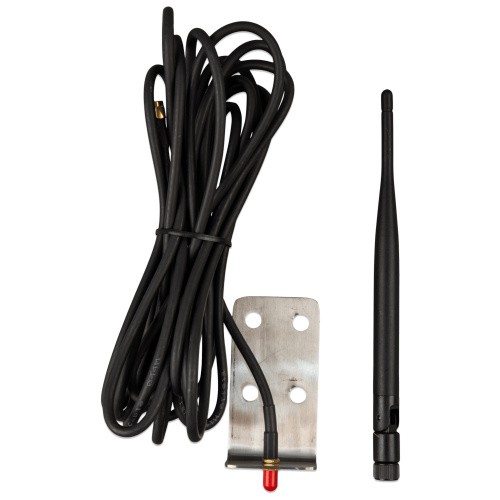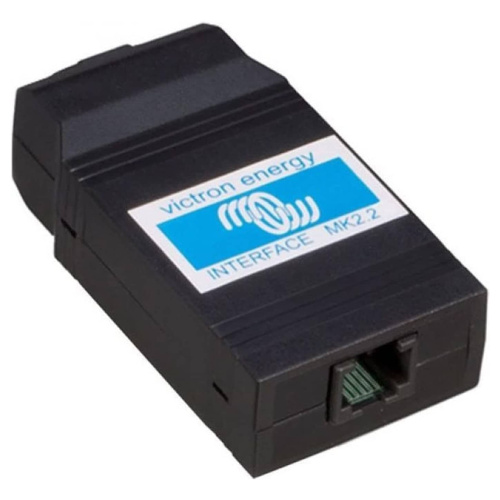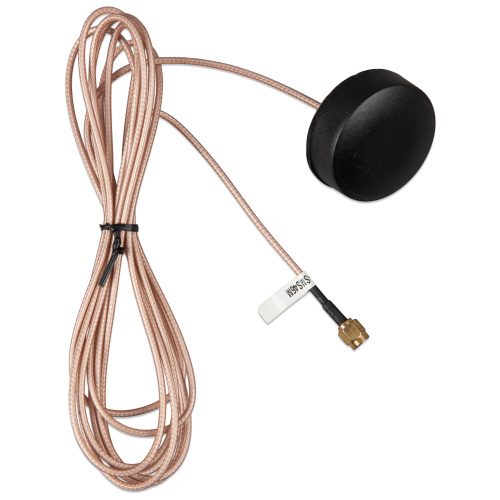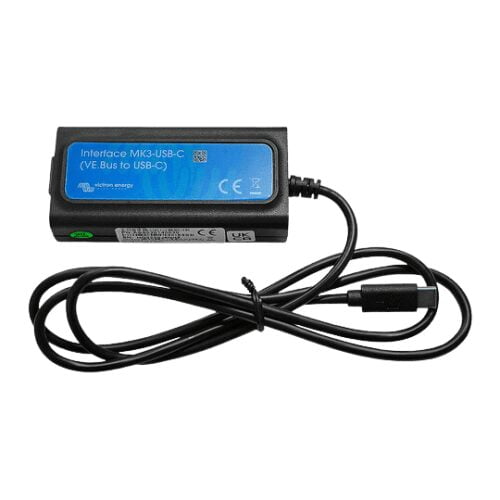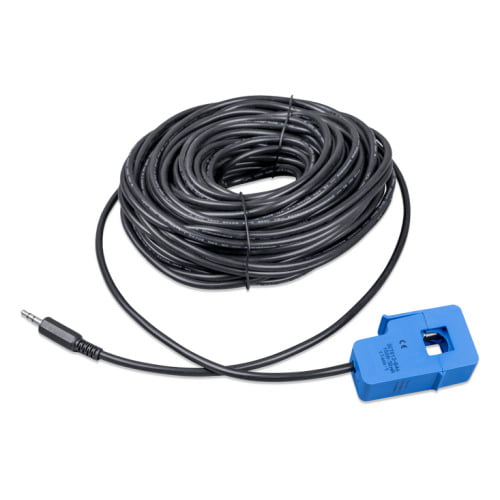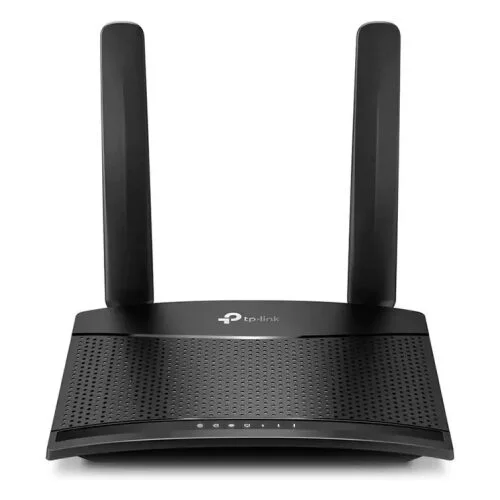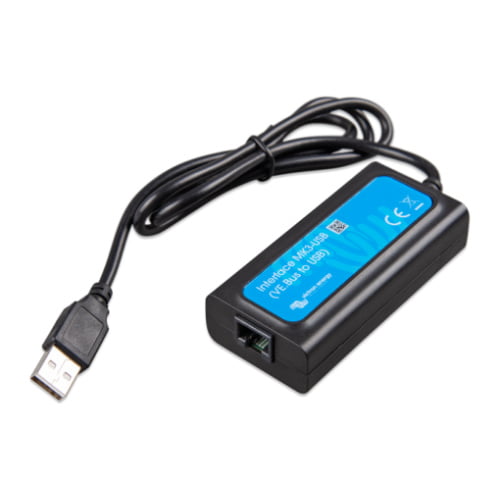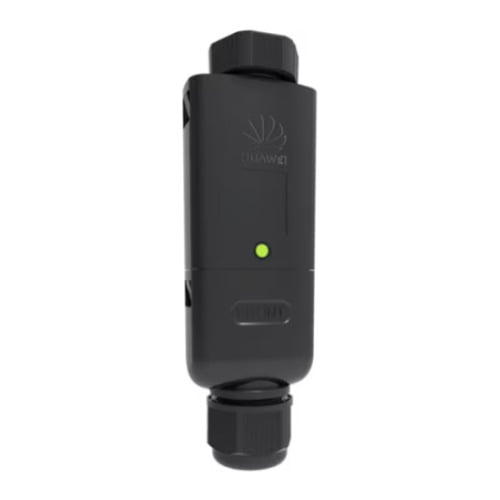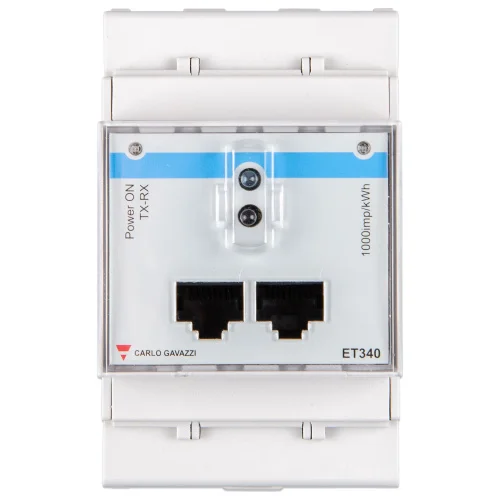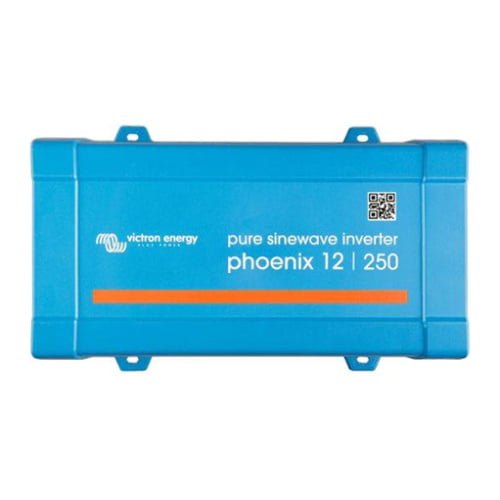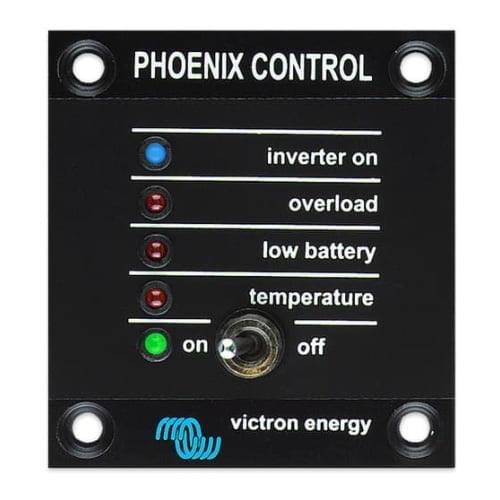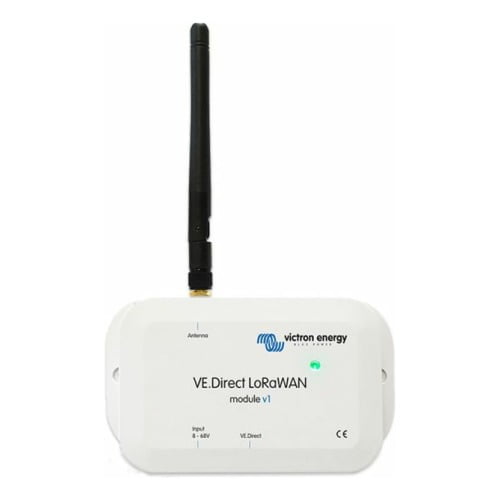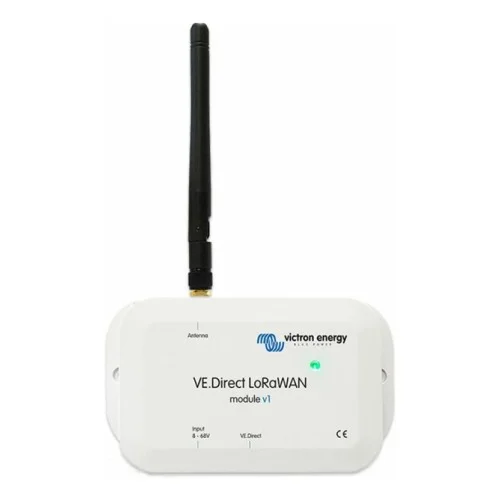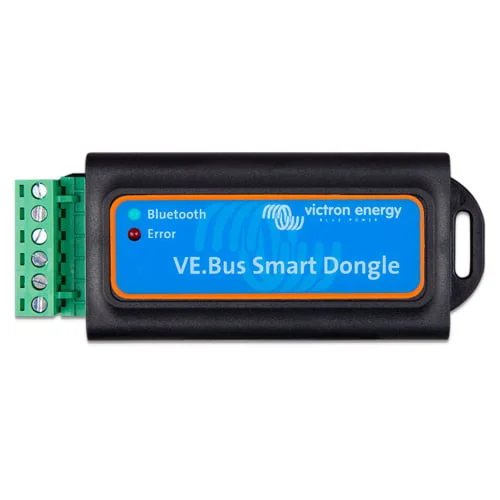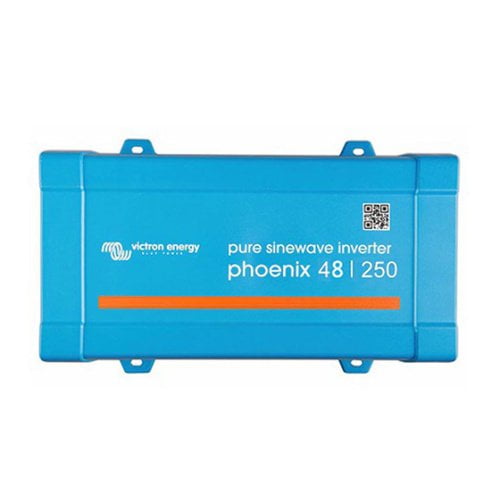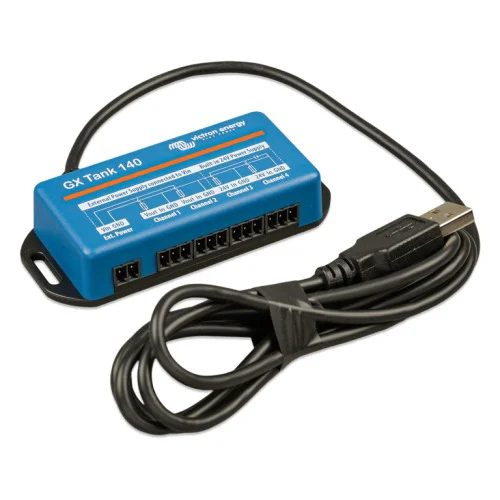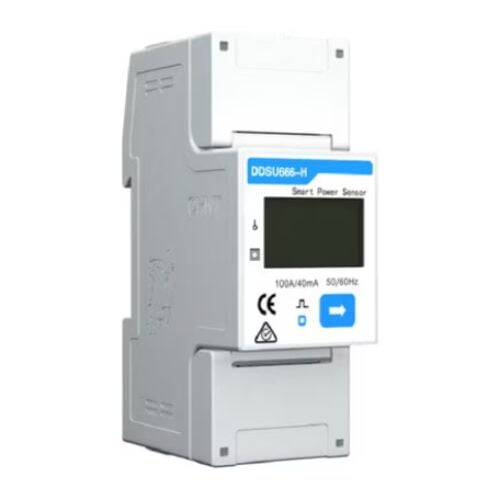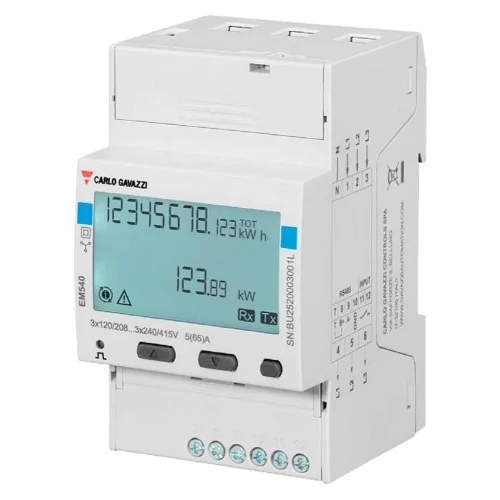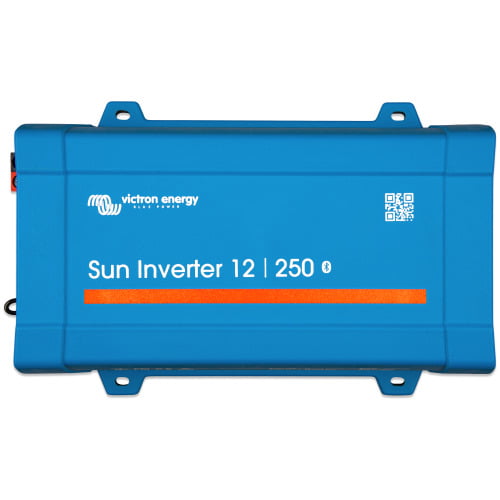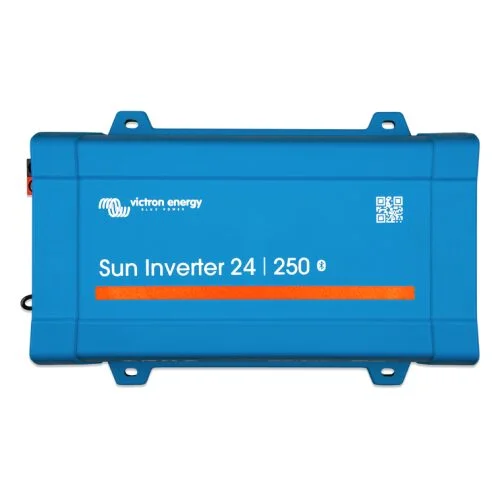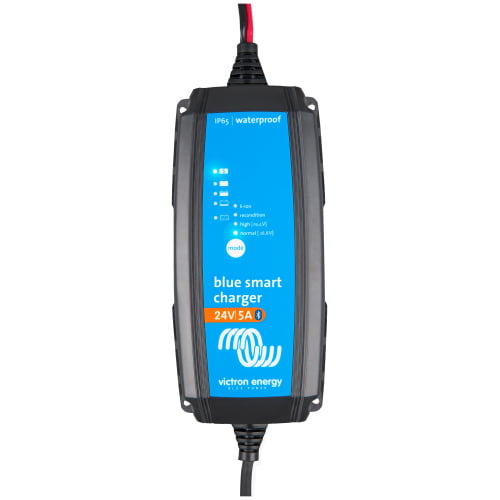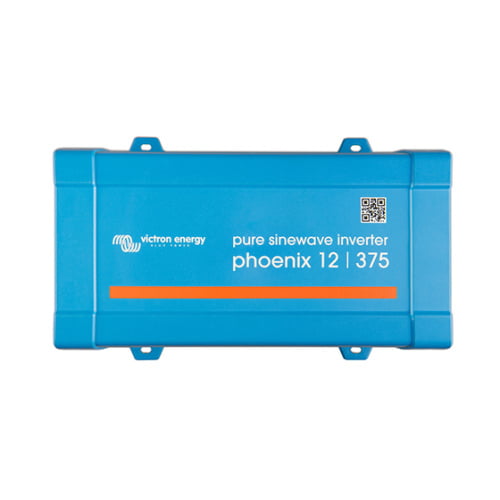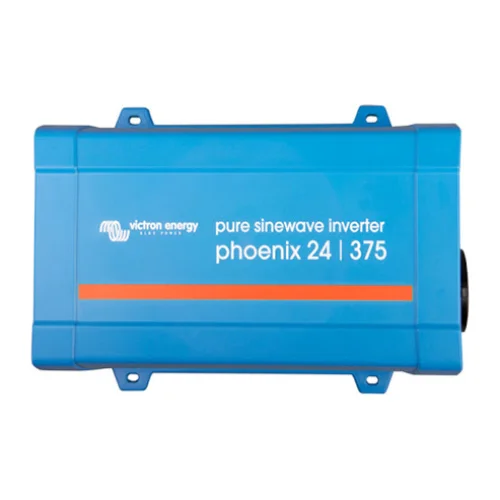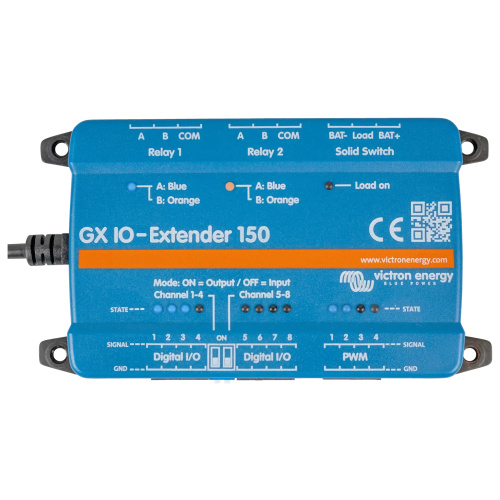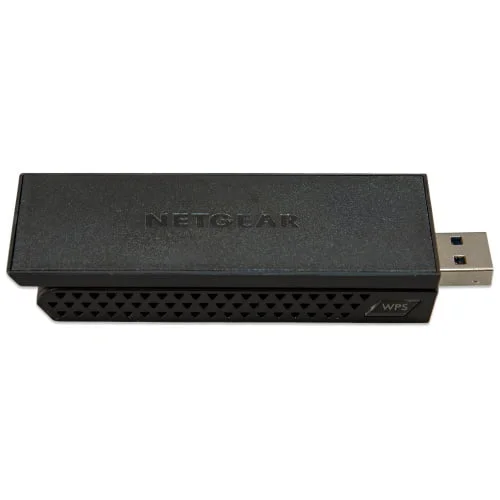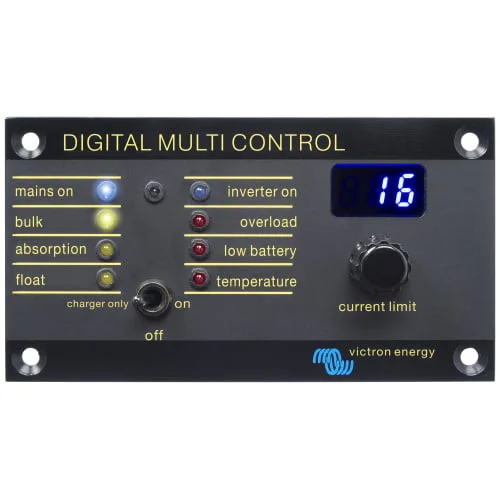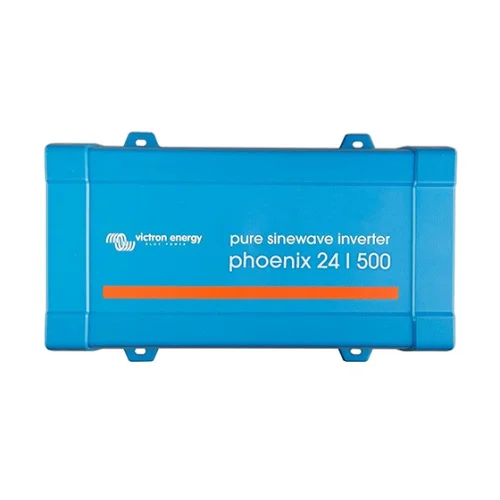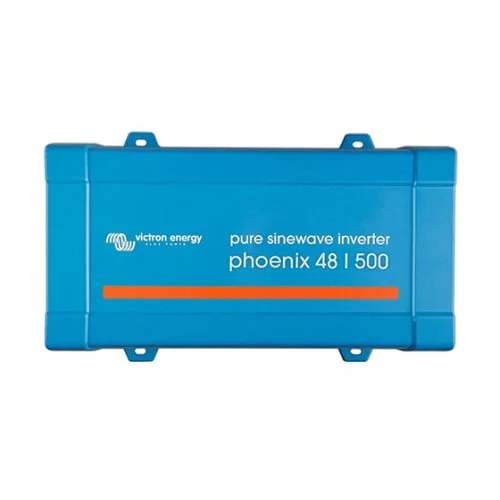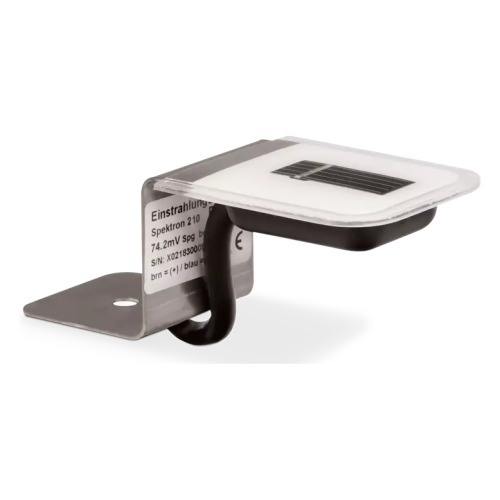- Free shipping to mainland Spain for orders over 300€.
Solar inverters
"Huawei Smart Dongle WLAN+FE (Huawei Network Adapter) - 02312QMV-004" has been added to your basket. View basket
What is a solar inverter?
Also called photovoltaic inverters, the main function of solar inverters is to transform the direct current generated by the solar panels, or stored in the batteries, into alternating current for everyday use to power your consumption. It is the centrepiece of any photovoltaic installation.
In addition to transforming the current, the inverter also manages how, when and where the energy from your installation is distributed. In other words, it manages the energy that is generated in the panels, stored in the batteries or that arrives from the grid to feed your consumption efficiently. It also manages the surplus energy, to store it in the batteries or to dump it to the grid in the form of surpluses.
It is important to choose the right inverter because the total yield of the installation will depend on this equipment.
What types of solar inverters are there?
There is a wide range of inverters to cover all kinds of needs. As each installation has different characteristics, it is very important to be sure of the type of inverter you need before selecting it.
At FVComponents we have a wide range of inverters from leading brands at the best prices.
Discover the eight types of solar inverters available on our website and choose the one that best suits your photovoltaic installation.
- Inverters 12V to 220V: This type of inverter is used in installations with 12V batteries, such as caravans, small boats or other installations with low power consumption.
- Inverters 24V to 220V: These inverters are typically used in applications where more power and efficiency is needed than a 12V battery can provide, such as in commercial vehicles.
- 48V to 220V inverters: 48V inverters are the most common for larger installations where 48V batteries have been chosen.
- Inverters Chargers 12V to 220V: 12V inverter chargers incorporate a charger function, allowing batteries to be recharged from the mains or a generator. They are ideal for stand-alone systems, caravans or boats.
- Inverters Chargers 24V to 220V: Like 12V inverter chargers, 24V inverter chargers also include a charger function. They are often used for installations with higher power consumption, such as industrial vehicles or trucks.
- Inverter Chargers 48V to 220V: They are the most commonly used in off-grid installations, both in normal homes and in industrial applications, as they provide a stable and secure power supply. Some Victron models have the possibility of connecting external energy sources, such as generators.
- Self-consumption inverters: Grid-connected inverters are by far the most common. They are connected to the public electricity grid, from which they draw power when there is no PV production and into which they feed surpluses when surplus power is generated.
- Hybrid Self-consumption Inverters: These latest-generation inverters combine the features of grid-connected inverters with the option of installing storage. They simultaneously manage energy from panels, batteries and the grid. Some models also have options to operate in the event of a power failure.
How do I choose a solar inverter?
When selecting an inverter, you must take into account the type of application for which you need it, the voltage of the system where you are going to install it, the continuous power and the maximum power that the equipment can deliver, the space available to place it and the ambient temperature in which it is going to work. We explain each point so that you have no doubts:
- Type of application: There are four main groups of inverters depending on the application: stand-alone inverters for installations without access to the grid; charging inverters, which in addition to converting current, charge batteries; grid-connected inverters, which work connected to the grid; and hybrid inverters, which can work with solar panels, batteries and the grid.
- TensionIn the case of isolated inverters, the voltage of the inverter depends on the voltage of the battery bank installed. When choosing the inverter, check whether the voltage of your system is 12V, 24V or 48V. The choice depends on the energy you are going to consume and the current that can flow between the batteries and the inverter.
- PowerThe rated power of a solar inverter refers to the maximum continuous power that the inverter can deliver from the energy delivered from the solar panels, batteries or the grid. In other words, an inverter with a rated power of 4 kW will be able to deliver up to 4 kW of power on a sustained basis.
- Maximum power: The maximum power that a solar inverter can provide is usually double the nominal power. This capacity is key to withstand the peaks generated by motors, water pumps or compressors when starting up.
- Available space: In general, inverters need a dry, well-ventilated and sun-protected space for installation. Although all inverters should normally be installed vertically, there are models that can also work horizontally, especially those designed for applications where space is at a premium, such as caravans or boats.
- TemperatureWhen the ambient temperature increases, the power that can be delivered by the inverter decreases. For example, an Inverter Charger 48V Victron MultiPlus II 48/5000 70A-50A at 25 °C it delivers 5 kW; above 40 °C it can drop to ~3.7 kW
How do I install a solar inverter?
Our first recommendation is that you go to a professional. Installing an inverter is not as simple as just arriving and plugging it in. But, if you have electrical knowledge and are handy with hand tools, here are our general recommendations for installing an inverter:
- The first and most important thing is to consult the installation manual of the solar inverter. You can find the manuals of the devices at the bottom of their product pages.
- The next step is to calculate the sections and lengths of the wiring and the protections to be installed according to the voltage and power of the equipment. If you have any doubts, you can consult this post on our blog on "how to calculate the cross-section of a cable".
- Once you have it, design the installation on paper, it will help you to know where to place each piece of equipment and the space you will need. You can see an example of a diagram for a campervan in this link: Victron Multiplus wiring diagram for camper van PDF - Victron camper wiring diagram PDF
- Before installing the equipment, check that your electrical installation is working properly and does not have any deficiencies to be corrected.
- Place the inverter in position, in a dry, ventilated and protected place, making sure that it is properly anchored to the wall to prevent it from falling or moving.
- Install appropriate protection, fuses or earth leakage protection, to protect equipment, wiring and yourself.
- Connect the equipment in the correct order. As a general order, connect the batteries to the inverter first, then the inverter to the grid and finally connect the panels to the inverter.
- As a final step, check that the voltages are correct, that the batteries are charging well and that the plates are generating power properly.
What is a solar inverter worth?
From less than €100 for the smallest to more than €3,000 for the largest, depending on the type, operating voltage, power and manufacturer. A domestic inverter ranges from €500 to €1500.
At FVComponentes we have the best prices on solar inverters, with the guarantee of leading brands and the support of a specialised technical team that will help you choose the perfect model for your installation.
Frequently asked questions about solar inverters:
1. What is a solar inverter and what is it for?
The inverter is the heart of the photovoltaic system. Its function is to transform the direct current energy produced by the solar panels into alternating current, the electricity used in homes and businesses.
2. What types of solar inverters are there?
On-grid inverters: Ideal if you want to consume your own energy and feed surplus into the grid.
Off-grid inverters: For off-grid installations, such as off-grid vehicles or off-grid cottages, battery-operated.
Hybrid inverters: Combine the best of both types of inverter, allowing grid and battery operation.
3. How do I choose the right inverter for my system?
It depends on several main factors: the total power of your solar panels, the type of electricity grid in your home (single-phase or three-phase) and whether you want to use battery storage.
4. What is the difference between a hybrid and a conventional inverter?
The hybrid allows both solar and grid power to be used and stored in batteries. A conventional inverter only converts the energy from the panels and delivers it directly to the grid or for consumption.
5. How much solar inverter power do I need for my house?
The inverter must be in accordance with the power of your panels and the consumption of your home. For example, for an installation of 3 kW in panels, you will need an inverter of similar power (3 kW).
6. Where is it recommended to install the solar inverter?
It should be placed in a dry, ventilated place, protected from extreme temperatures. Never in areas exposed to direct heat such as kitchens or cookers.
7. What maintenance does a solar inverter require?
Very little. It is only necessary to keep it clean, check that the ventilation grilles are not obstructed and periodically check that the cables and protections are in good condition.
8. What is the warranty on solar inverters?
The main manufacturers offer warranties of between 5 and 10 years, extendable on some models. At FVComponentes we work with brands that ensure the best quality and technical support.
9. Can I install a solar inverter on my own?
It is not advisable. The installation must comply with electrical and safety regulations. To ensure proper operation and maintain the warranty, it is best to use an accredited installer.
10. Why buy an inverter in FVComponentes?
Because we offer competitive prices, personalised advice and a wide range of leading brands in the market. This ensures a safe purchase, with technical support and the best value for money.
If you still have any doubts, ask for free advice by email:
- Commercial: [email protected]
- Technical assistance: [email protected]


